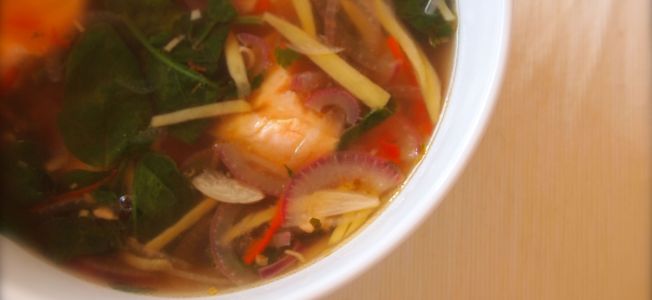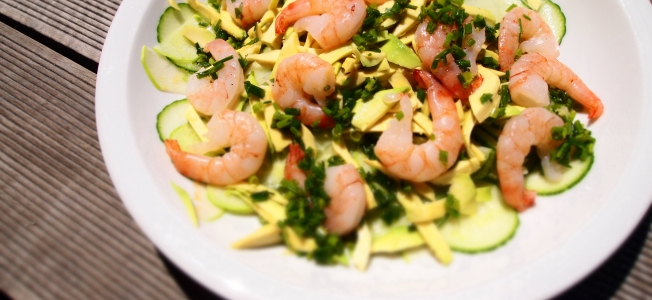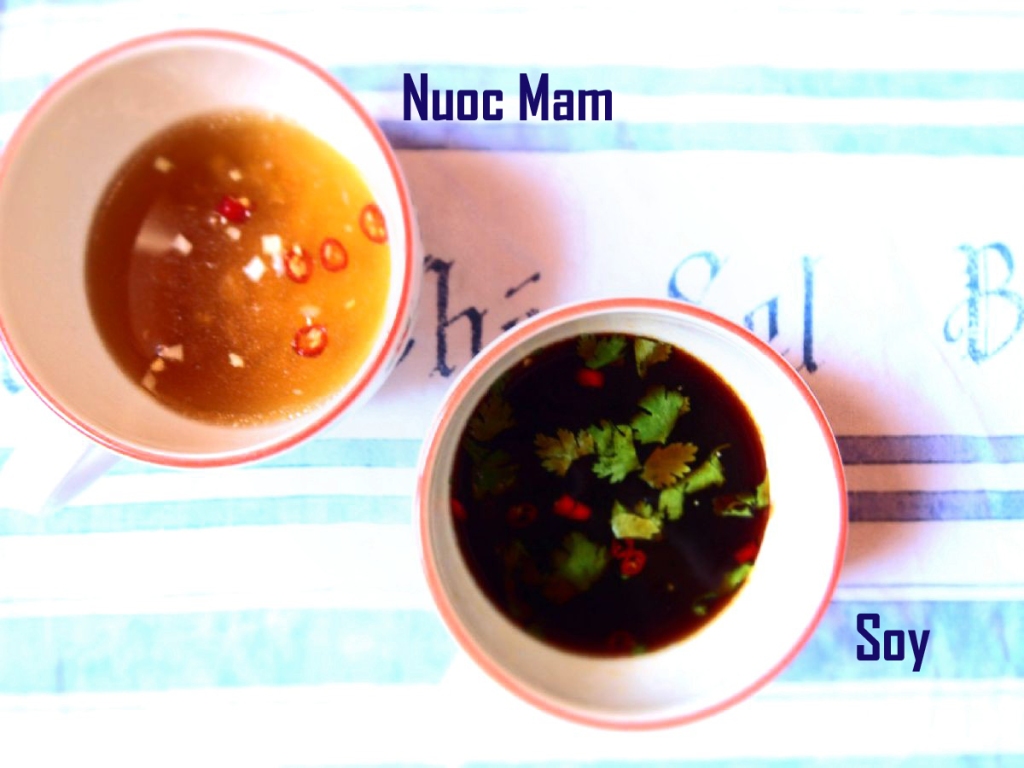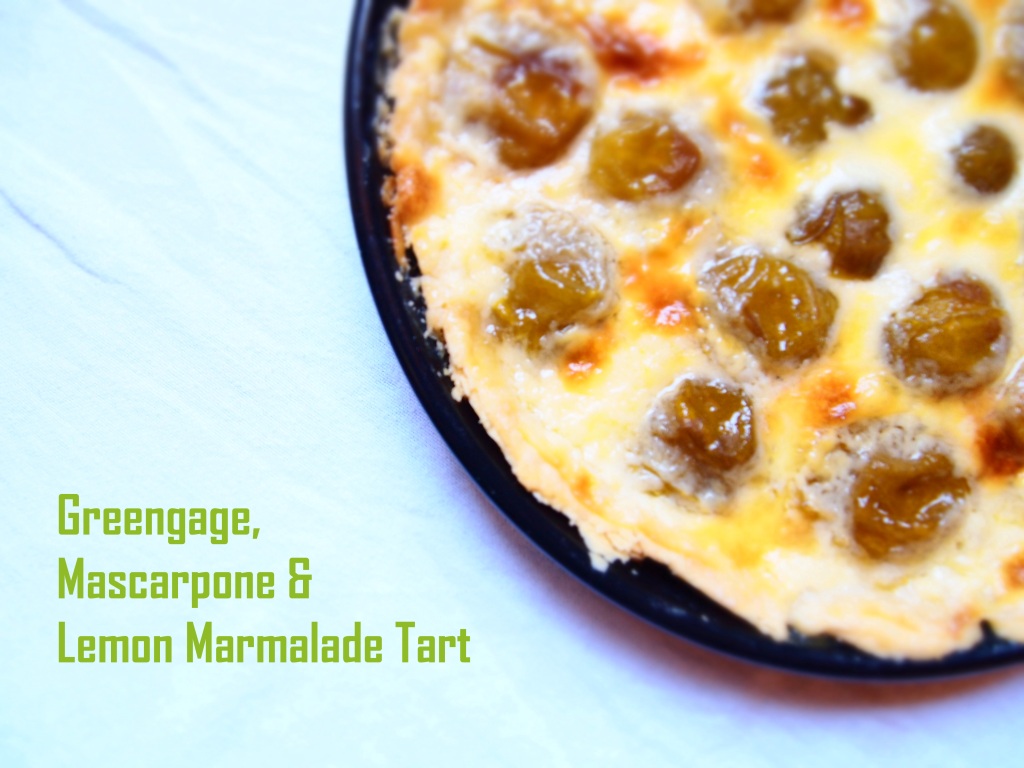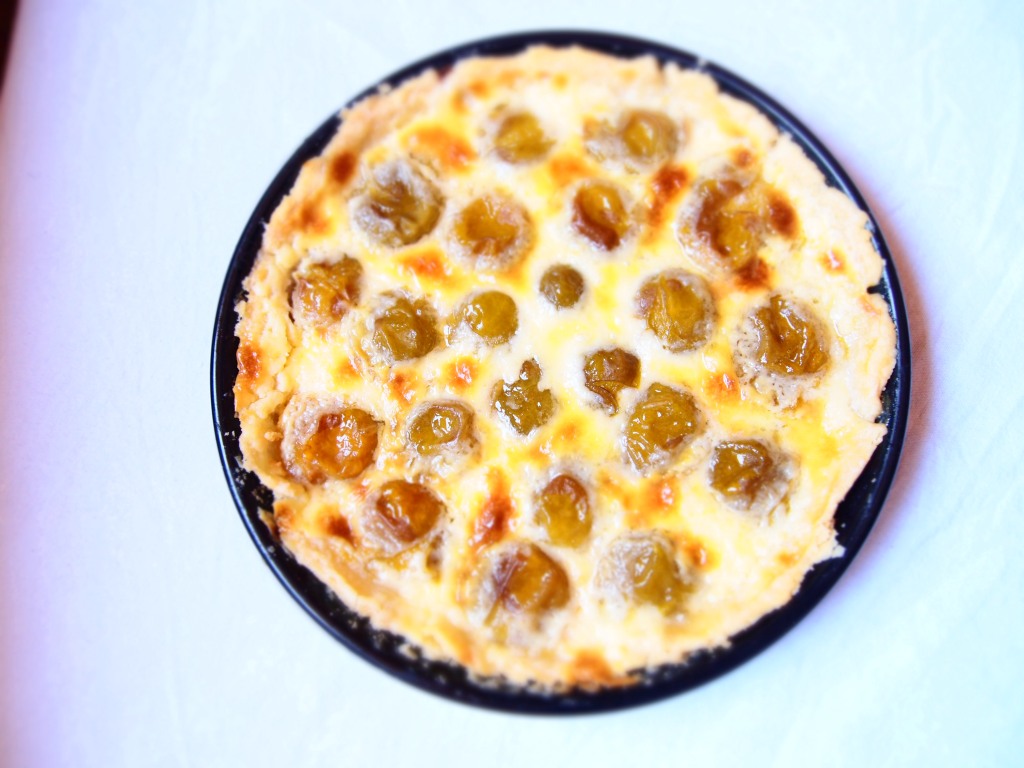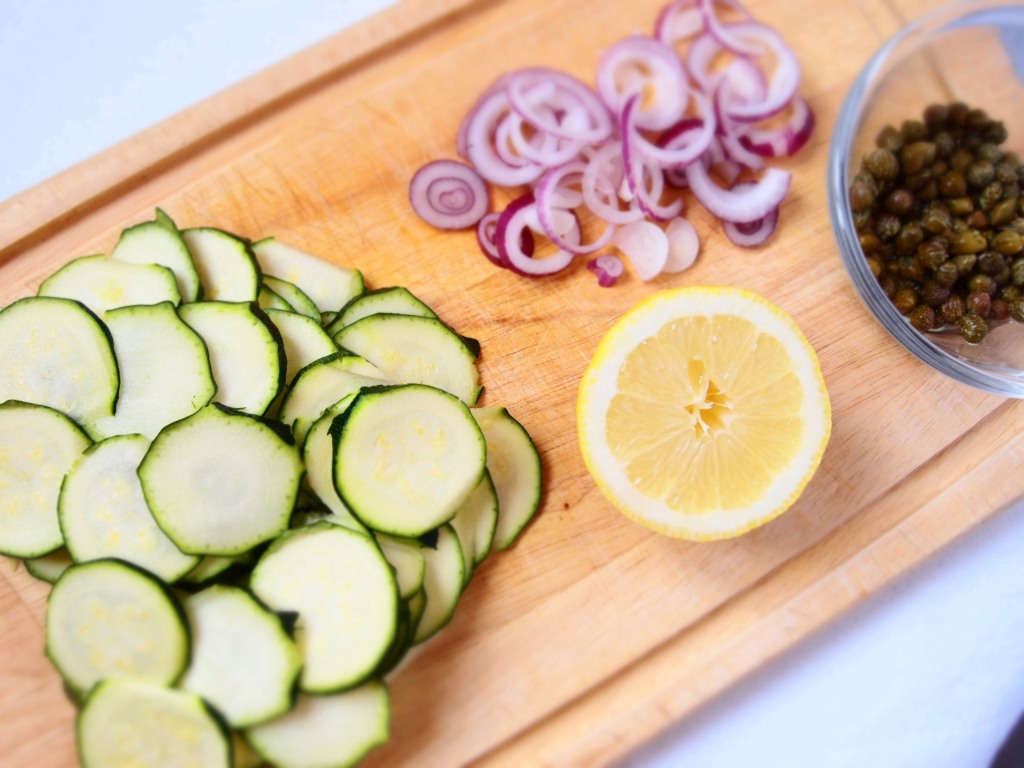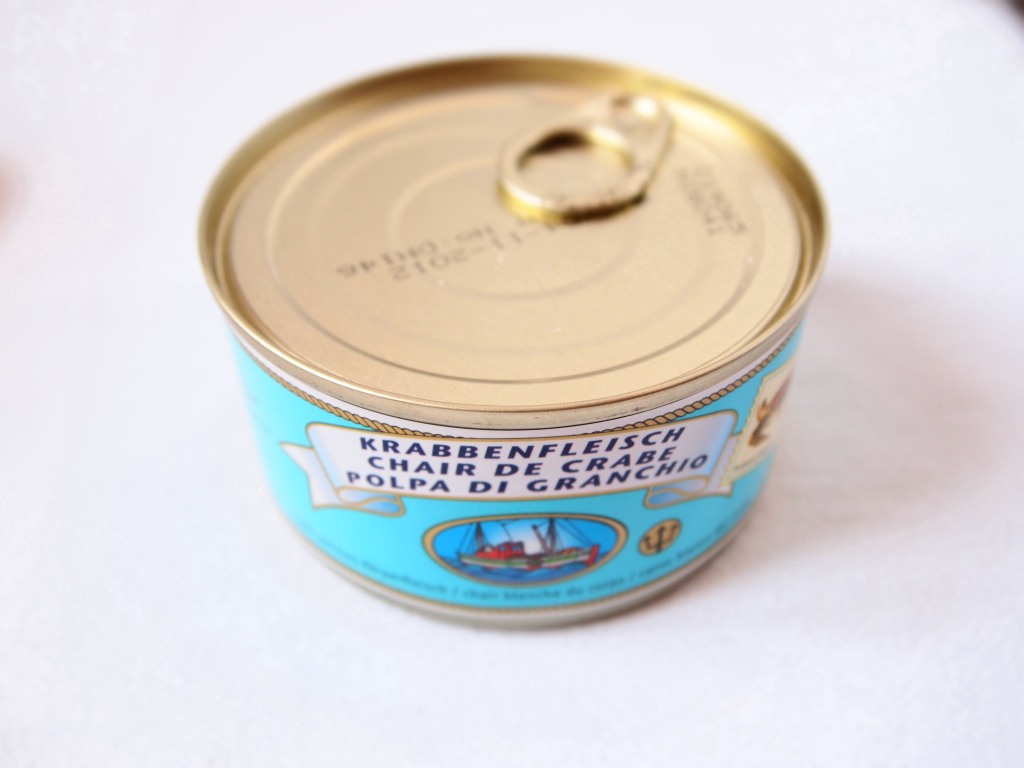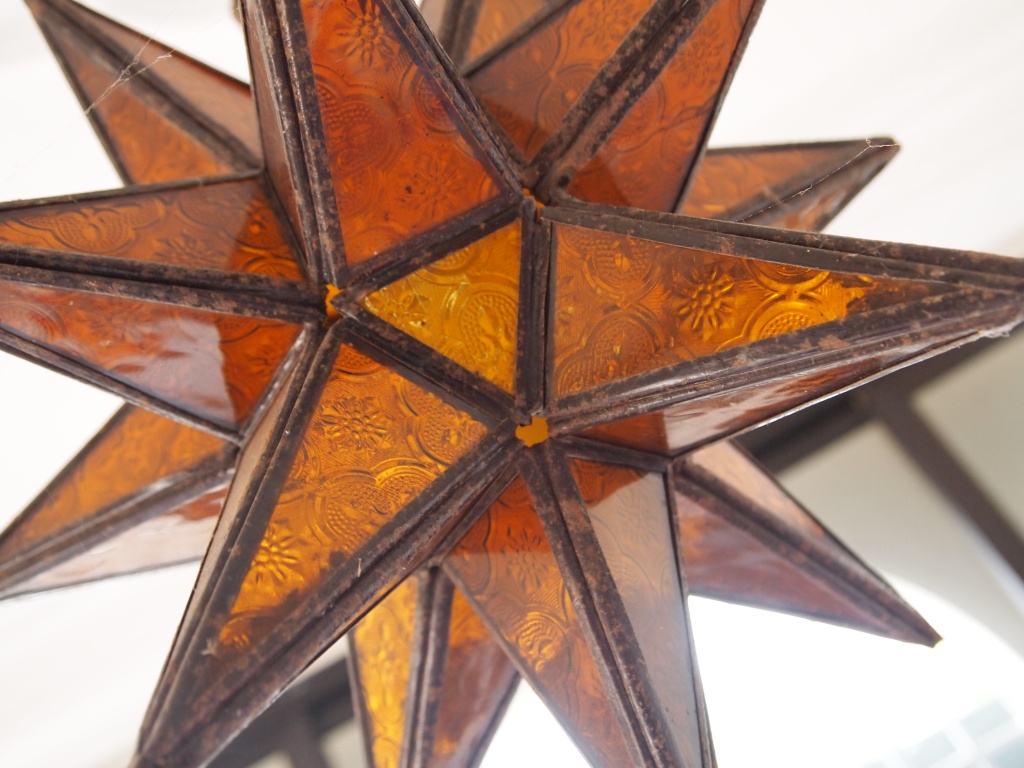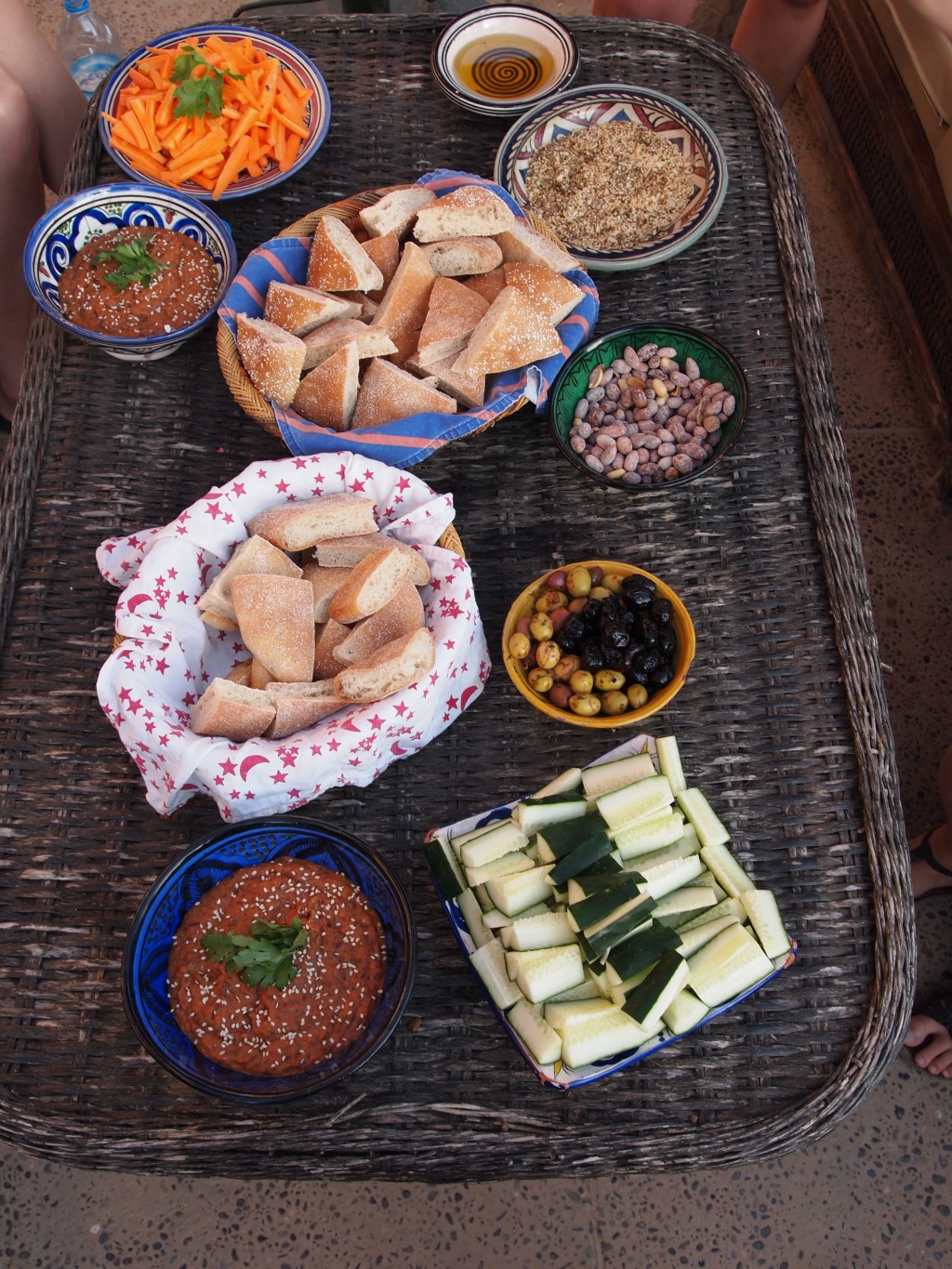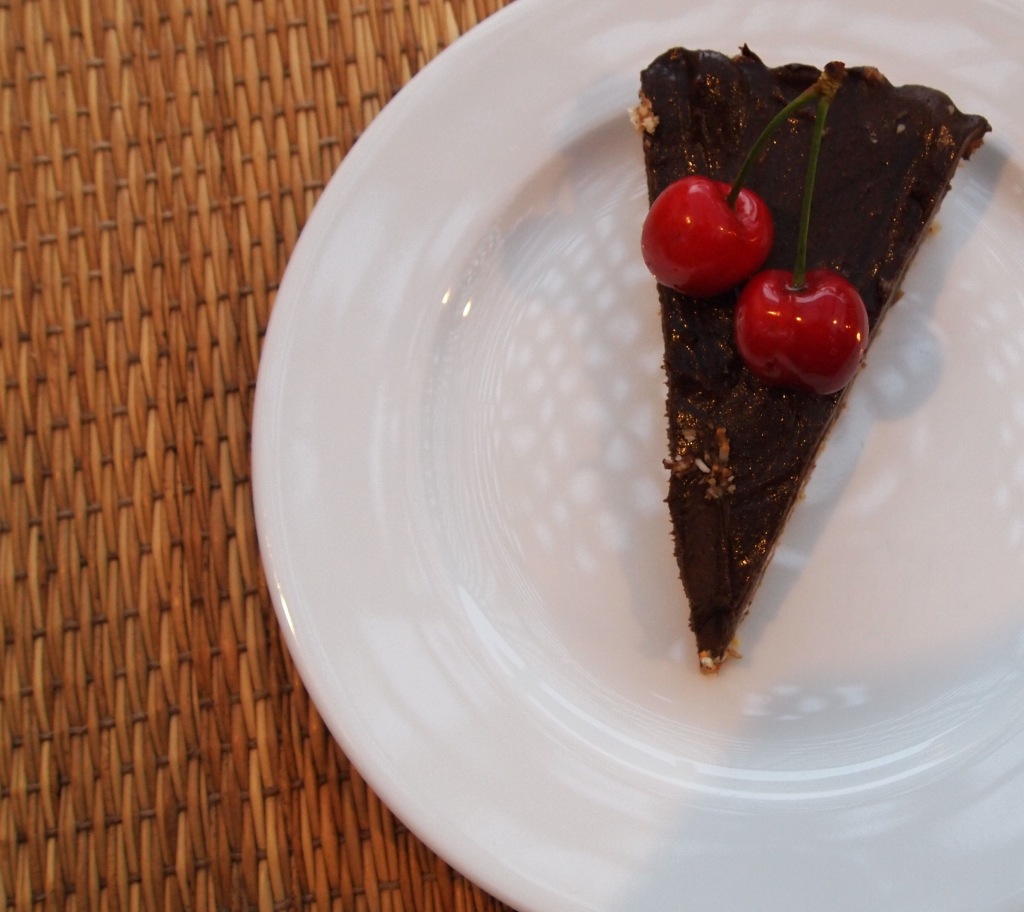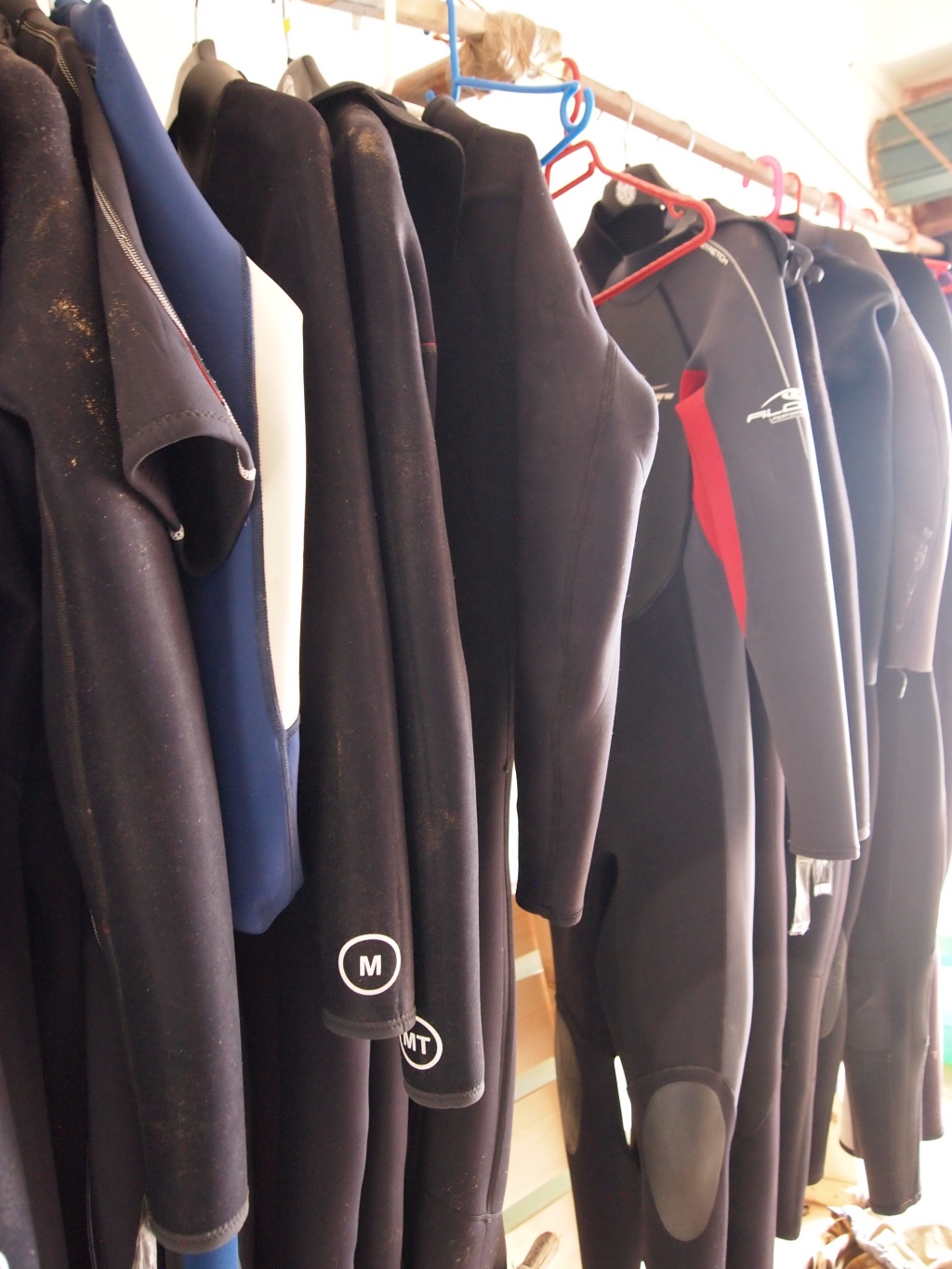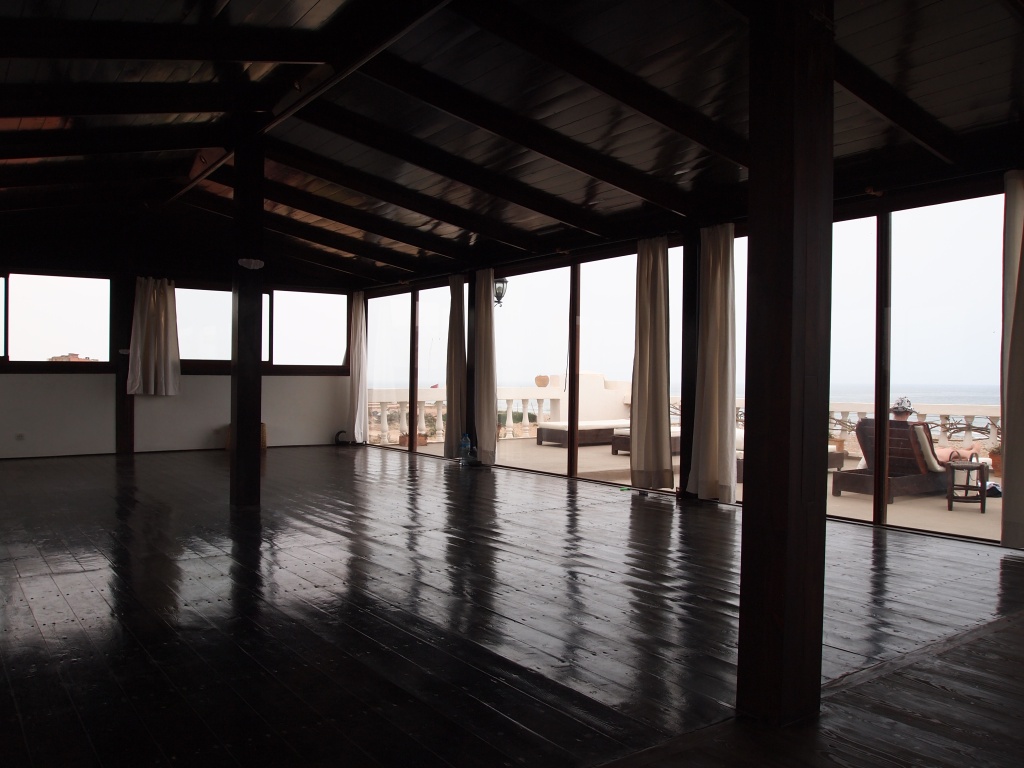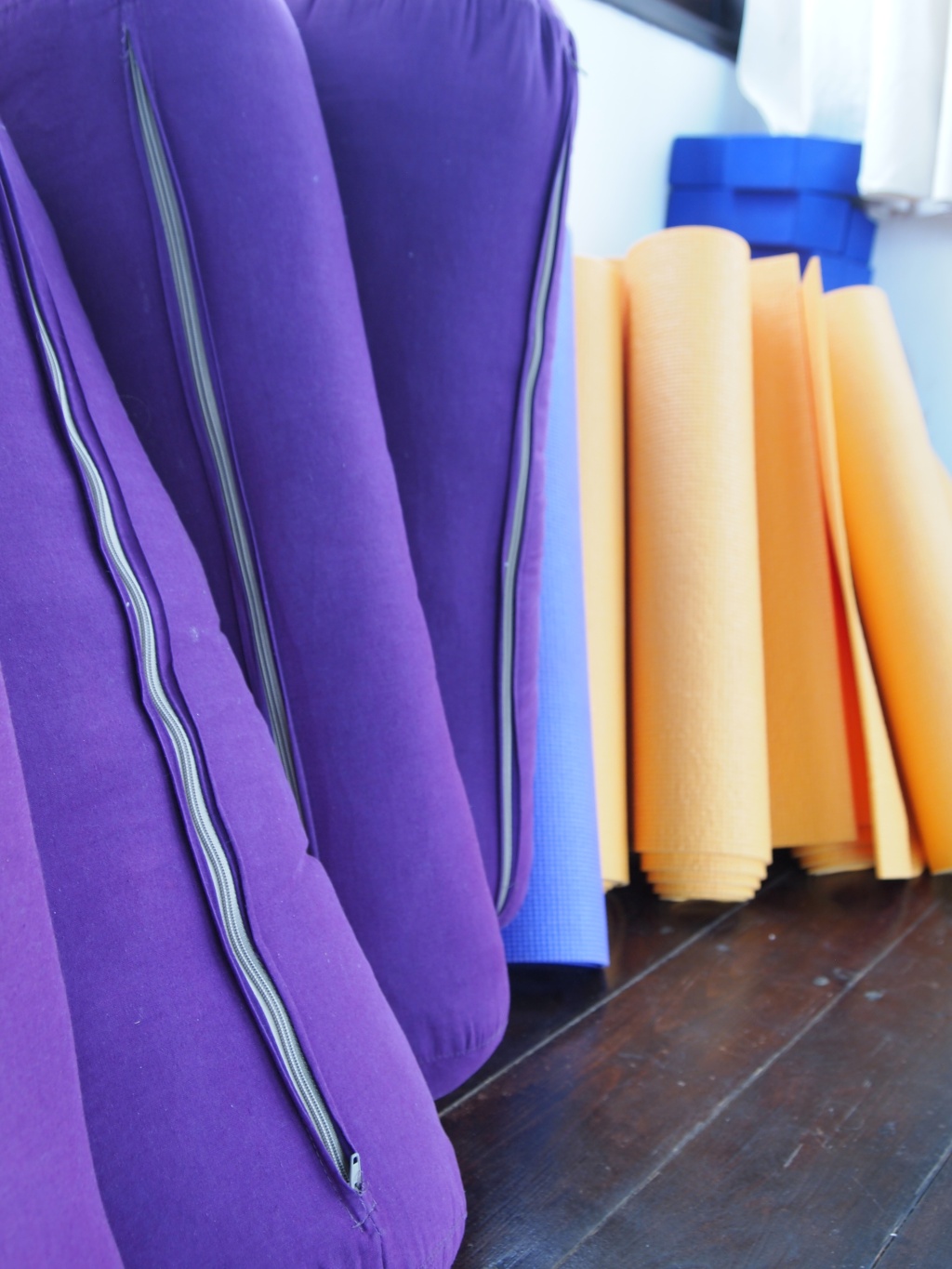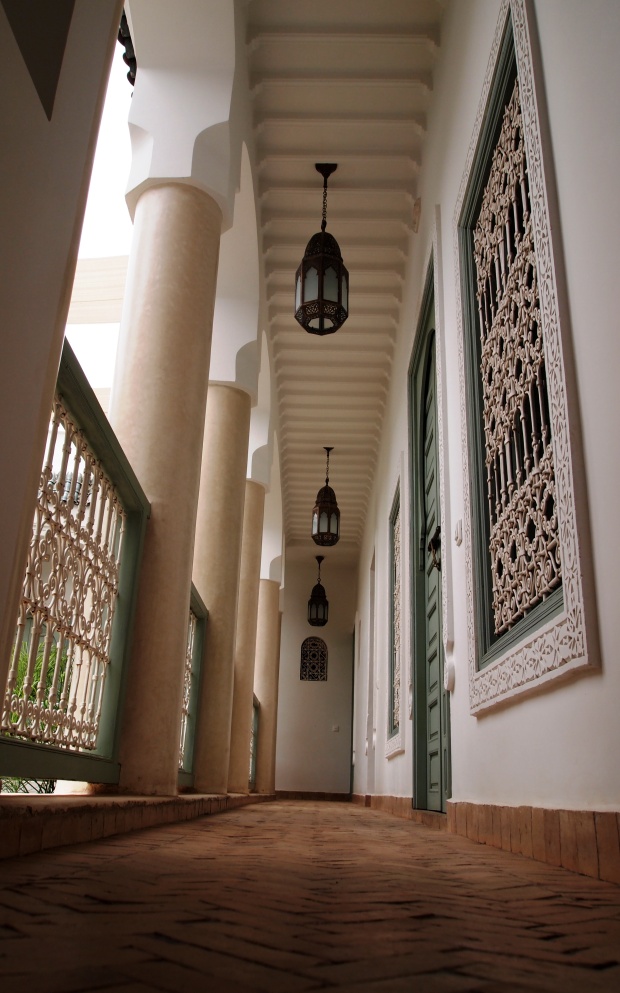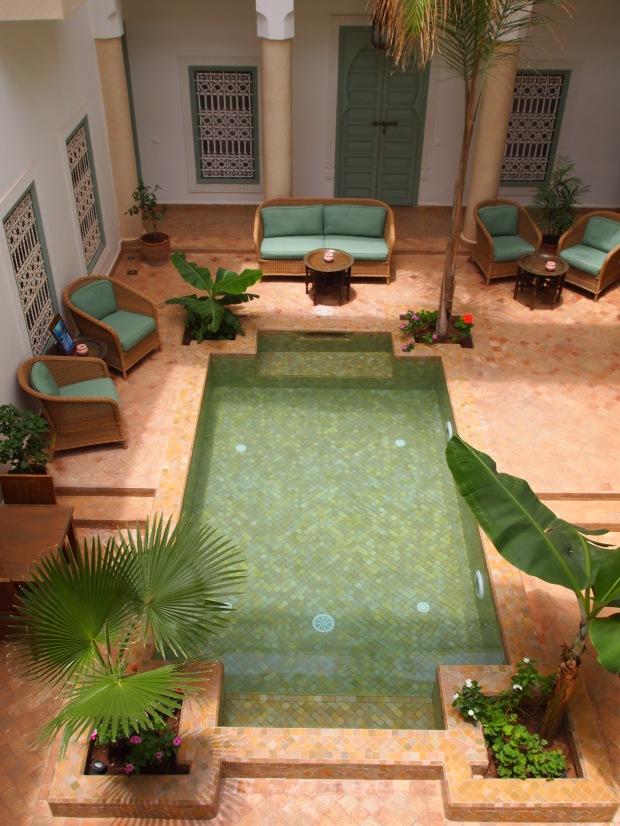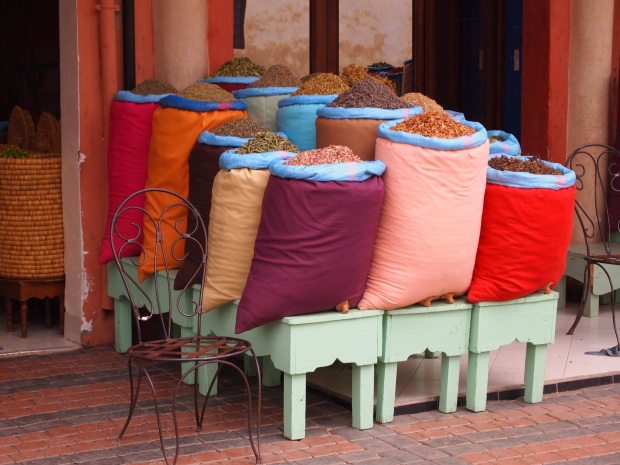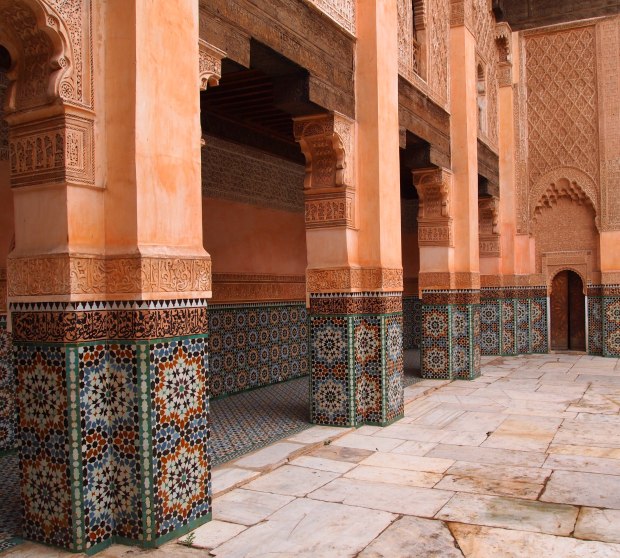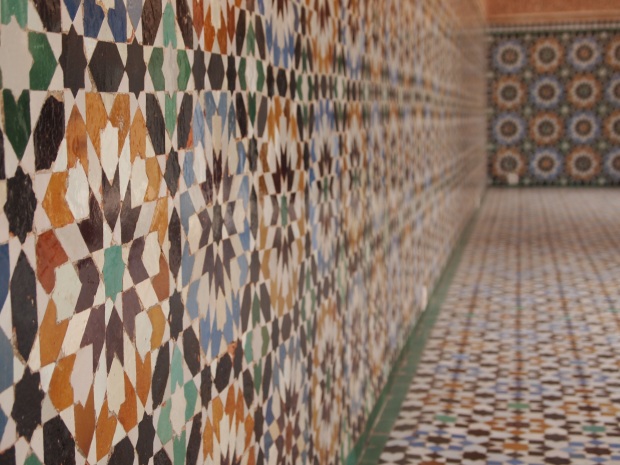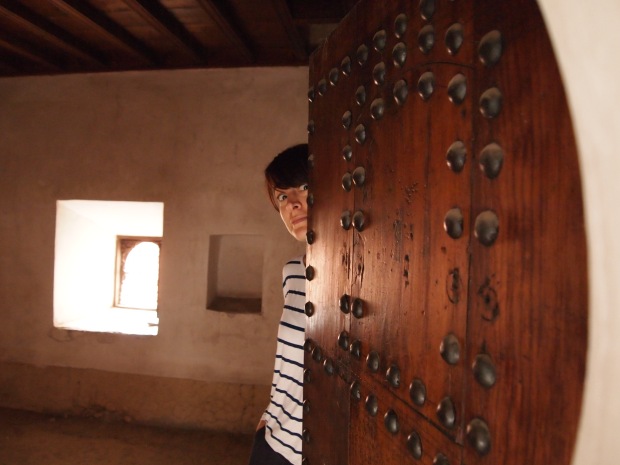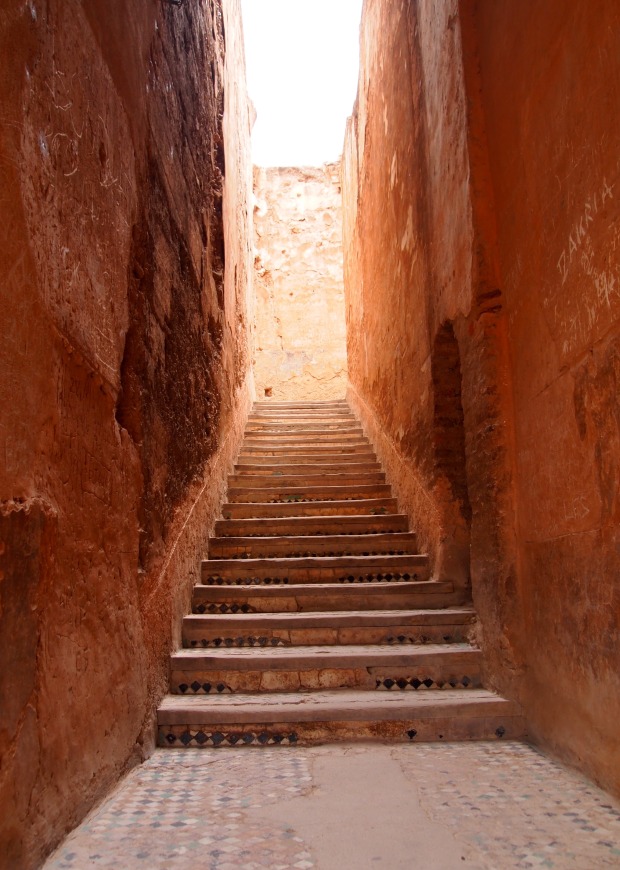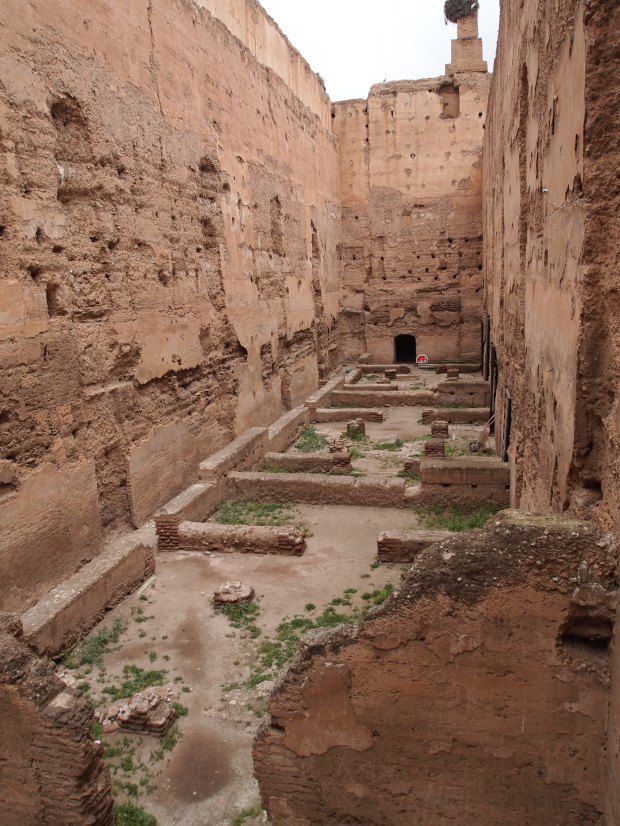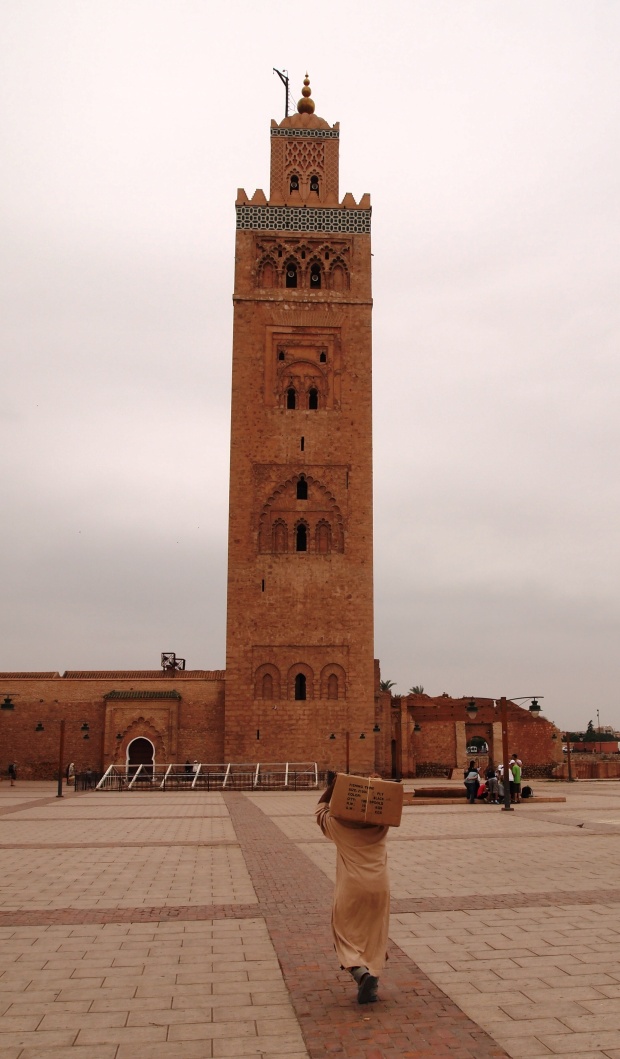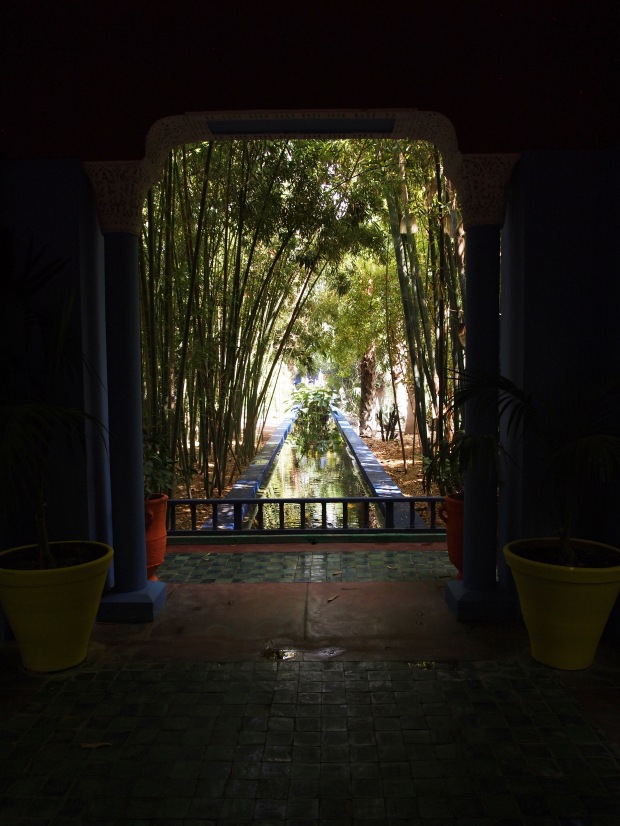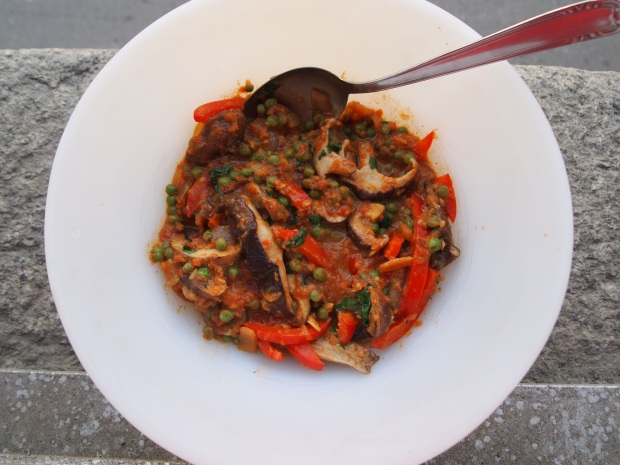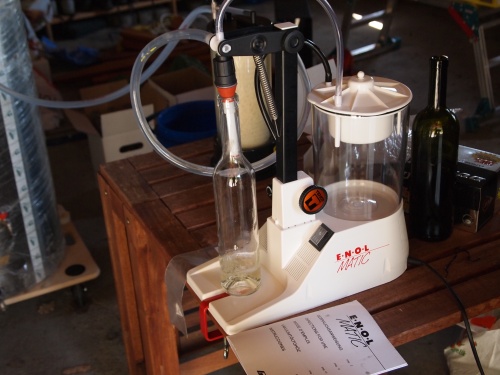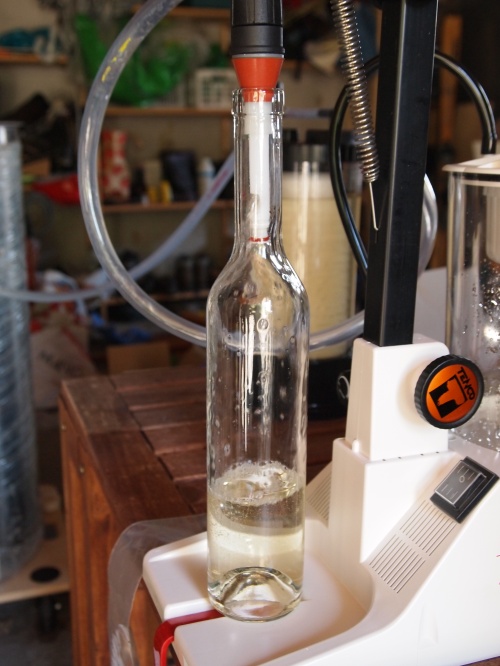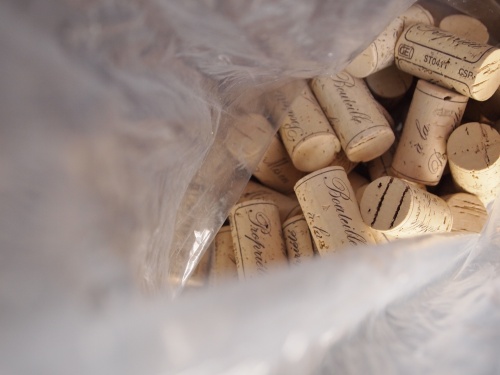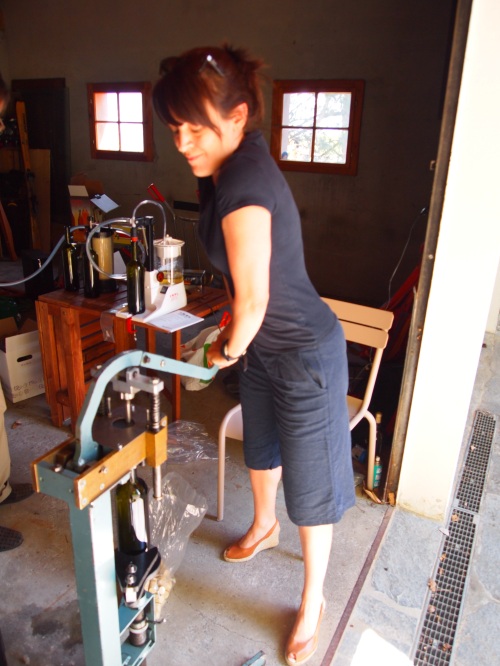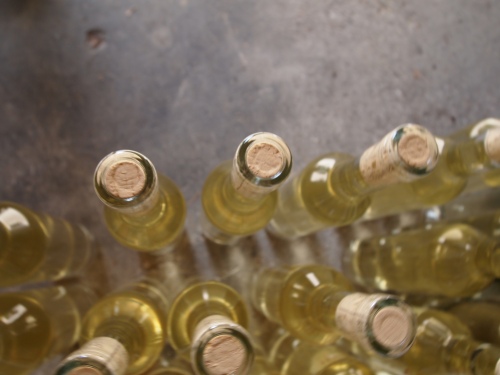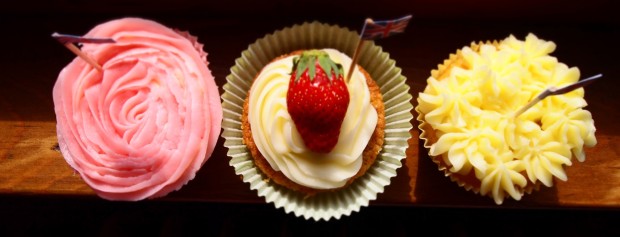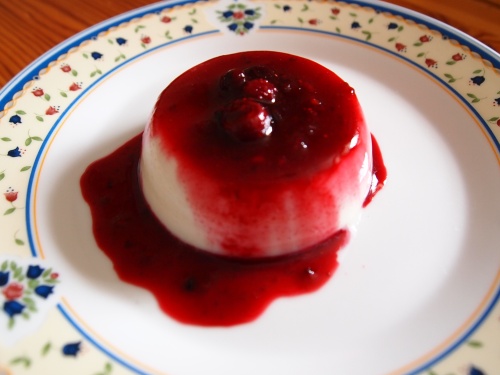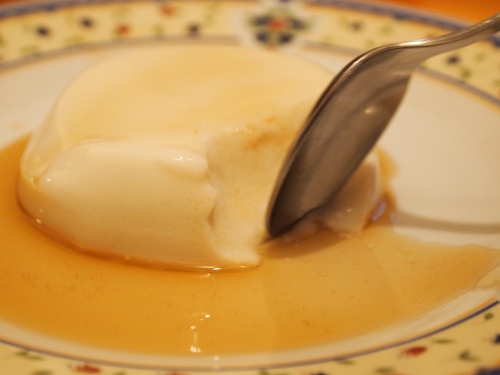Asian Style Tortellini
I always remember my Mother taking an Asian cooking course when I was in my teens. She was a keen shopper at the best of times and this latest project meant she could go wild in the aisles of the Chinese supermarket in Lausanne. I’d laugh at the number of bags she’d return with, filled with these wonderful and mysterious goods – apparently we needed all of it ‘just in case’.
Back in the late 80s and early 90s, Asian food was a novelty as Switzerland only had a handful of restaurants specialising in this kind of cooking so the opportunity to try it at home was warmly welcomed in our household. I spent quite a few Saturday afternoons making so many spring rolls that our freezer was almost fit to burst!
My fondness for Asian food, be it Thai, Vietnamese or Chinese stems from this time. It’s always interesting; it can be mild or spicy, fresh or intense, light or more substantial. But more than anything it brings back some great memories.
Prawn & Tofu Asian Style Tortellini
Tortellini dough & soy dipping sauce adapted from a Jamie Oliver recipe
Filling & Fish Sauce dipping sauce – my own
Ingredients
Tortellini dough
250g strong flour
2 free range eggs
4 egg yolks
Method
Whisk the two eggs and 4 eggs yolks in a bowl, mixing yolks and egg white roughly together. Place the flour on a clean counter surface. Create a well in the middle of the flour and add the beaten eggs into it… be careful it might spill out. With a fork mix the egg in with the flour, it will start to form a paste. At this stage, just get in there with your hands and knead until you obtain smooth dough. Wrap in cling film and then put in the fridge for 30 mins.
Remove from fridge and split the dough in half. If you have a pasta machine, go ahead and use it, putting the dough through several times so it’s only 1-2mm thick by the end of it. If not, use a rolling pin. It will take some effort and a little bit of time, but I promise it is worth it. Again aim for a thickness of 1-2mm. Once you have rolled it out to desired thickness, cut into 10cm x 10cm squares.
Prawn & Tofu filling
3 cm piece of fresh ginger, peeled
1 clove of garlic, peeled
2 sticks lemongrass, outer leaves removed and roughly chopped
100g frozen prawns, rinsed and defrosted
100g firm tofu, roughly cubed
1 tbsp sesame oil
1 tsp cornflour
A handful of tinned water chestnuts
Method
Put the ginger, garlic and lemongrass into a food processor and whizz through. Add the rest of the ingredients and repeat. You should have a rough paste by now. Set aside.
How to make the tortellini:
Take a teaspoon of filling and place in the centre of the square. With a small brush or your fingers dipped in tap water, wet all around the filling.
Now fold over one corner of the dough square over to the opposite corner, creating a triangle. Cup the filling with your hand and press down so the dough sticks, ensuring there are no air bubbles.
At this stage, with the flat edge of the tortellini facing you, roll over once towards the tip.
Bring the two side flaps back towards you and squeeze together where they meet. I use a bit of water here if it doesn’t stick.
Cook in salted boiling water for 3-4 minutes. Drain. Then add some oil to a pan and fry one side of the tortellini until it is crisp and golden. Serve immediately with the two dipping sauces below.
Serves 6 as a starter.
Soy dipping sauce
4 tbsp soy sauce
1 tbsp rice wine vinegar
1 fresh chilli, chopped
Chopped coriander
Method
Mix all the ingredients and refrigerate until gyozas are ready to be served.
Nuoc Mam dipping sauce
2 tbsp fish sauce
2 tbsp lemon juice
2 tbsp water
1 fresh red chilli, chopped
1 clove of garlic, chopped
Method
Put all the ingredients in a small bowl and leave in the fridge to infuse all the flavours.
